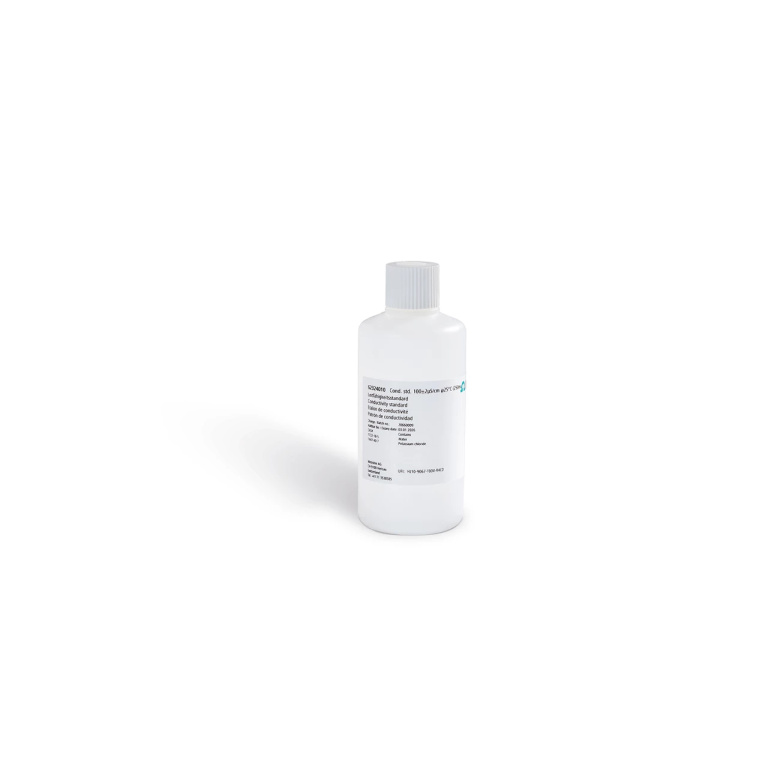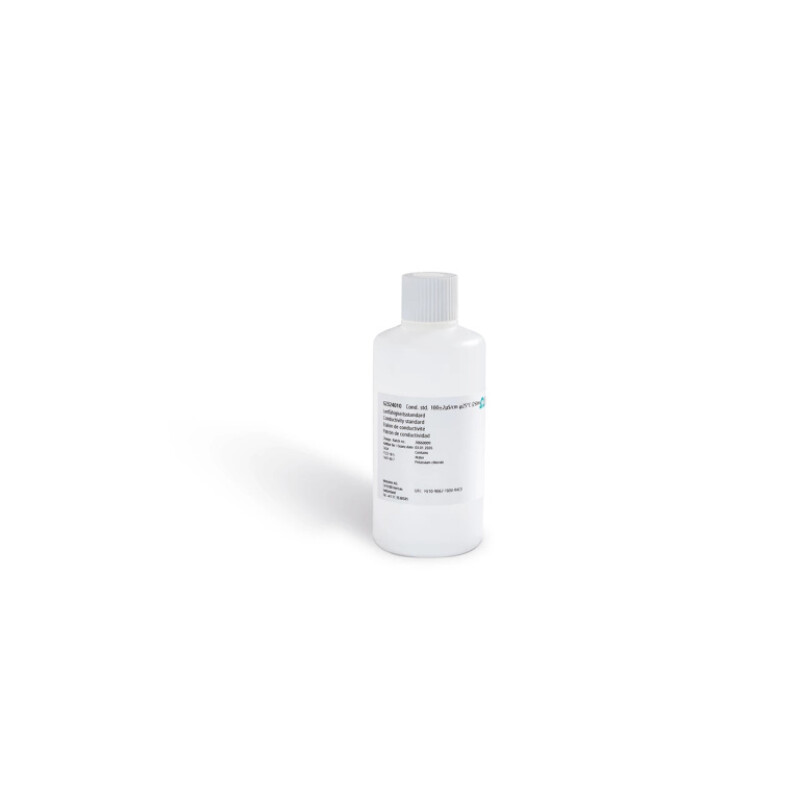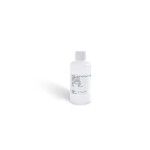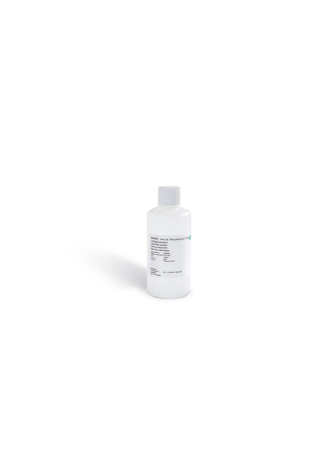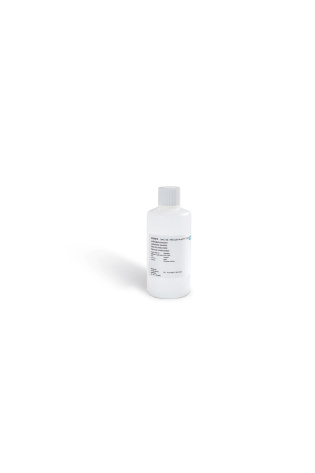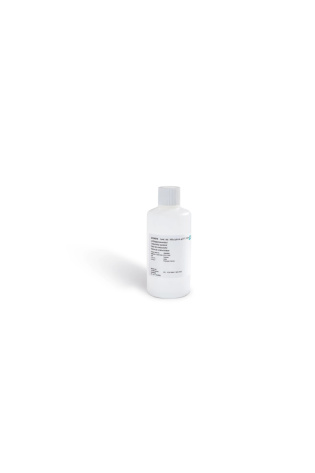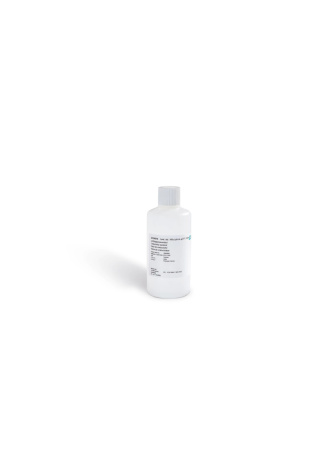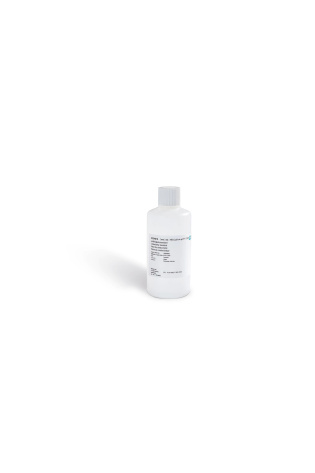Conductivity 600 μS/cm
A conductivity reading of 600μS/cm is useful for monitoring the quality of drinking water, checking demineralized water, and testing wastewater, as it falls within the range of good quality municipal water to moderately impure wastewater. This value is used in various industrial applications, such as monitoring water in brewing, cooling towers, and certain food and beverage production processes. Conductivity 600 μS/cm
-
Municipal drinking water:
This value is slightly higher than the typical range for good quality drinking water, which is around
50μS/cm50𝜇𝑆/𝑐𝑚
, so it could be used to check for changes or potential issues in a water supply that should ideally have a lower reading.
-
Demineralized water:
While demineralized water typically has a lower conductivity, a reading of
600μS/cm600𝜇𝑆/𝑐𝑚
indicates a significant amount of impurities and is far from ultrapure water (
0.055μS/cm0.055𝜇𝑆/𝑐𝑚
), making it useful for testing the efficiency of a demineralization or reverse osmosis system.
-
Wastewater monitoring:
This reading is well within the typical range for wastewater (
0.9−9mS/cm0.9−9𝑚𝑆/𝑐𝑚
), making it a relevant value for monitoring industrial or municipal wastewater streams before treatment or discharge.
-
Brewing and food industry:
The brewing industry uses conductivity measurements to ensure water quality, and a
600μS/cm600𝜇𝑆/𝑐𝑚
reading could be used to monitor the quality of water being used in these processes.
-
Industrial cooling systems:
Conductivity is used to monitor water in cooling towers and boiler systems to prevent scale buildup. A reading of
600μS/cm600𝜇𝑆/𝑐𝑚
could be a baseline for such a system, though values can fluctuate.
Conductivity 600 μS/cm Applications:
- conductivity measurements are used to monitor quality in public water supplies, in hospitals, in boiler water and industries which depend on water quality such as brewing.
